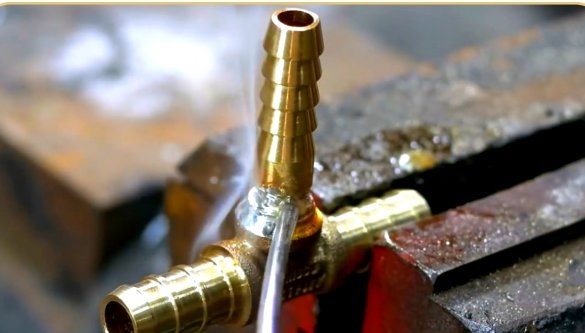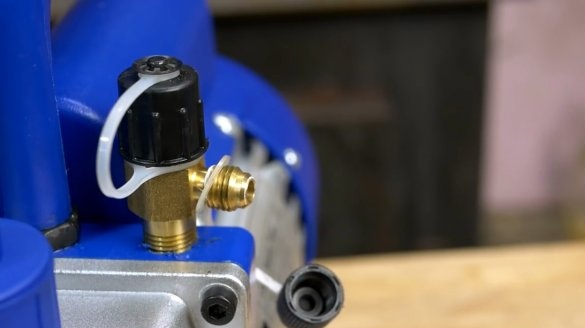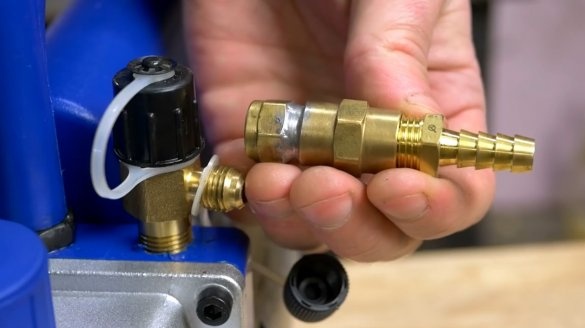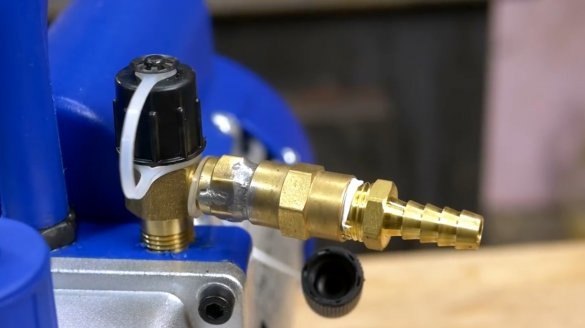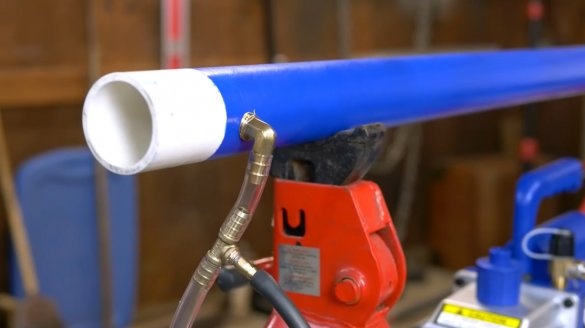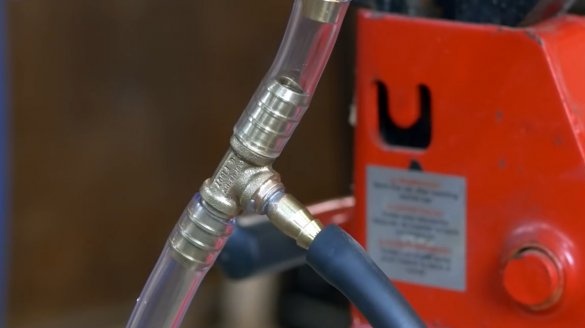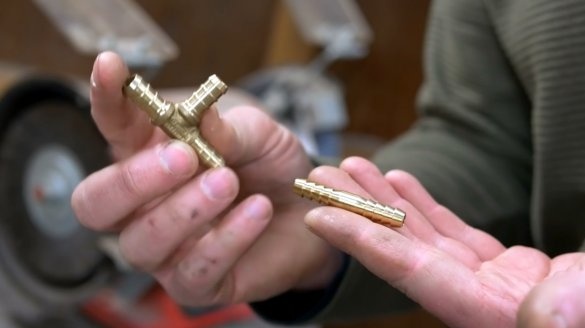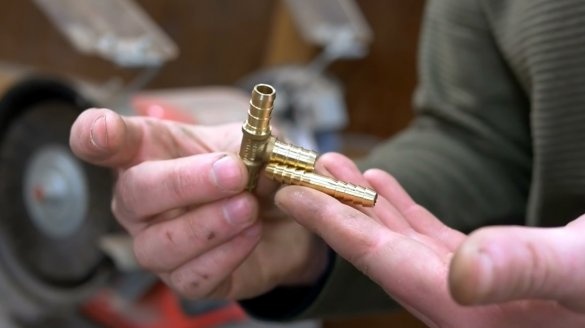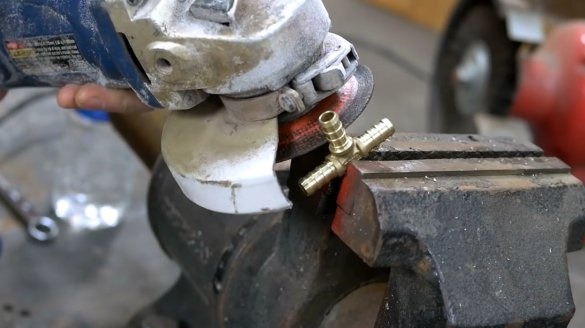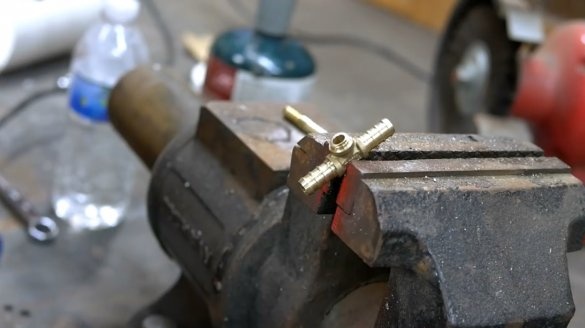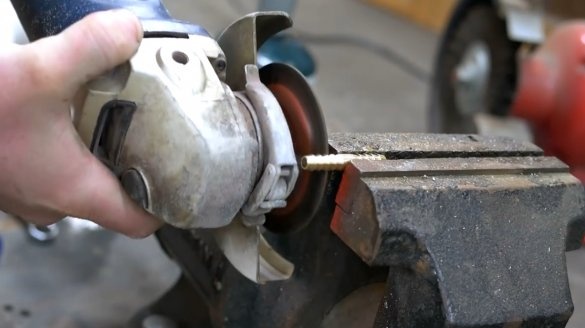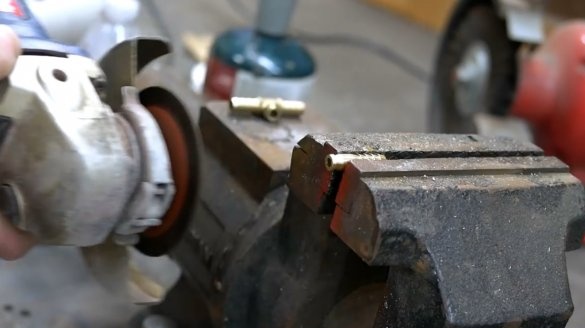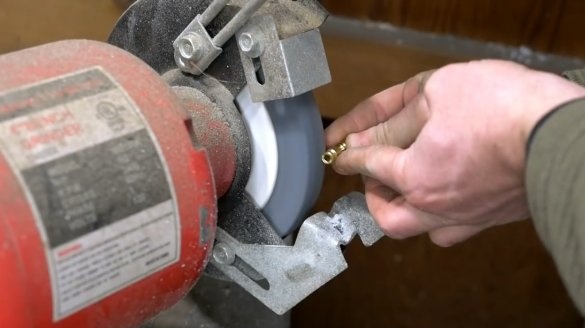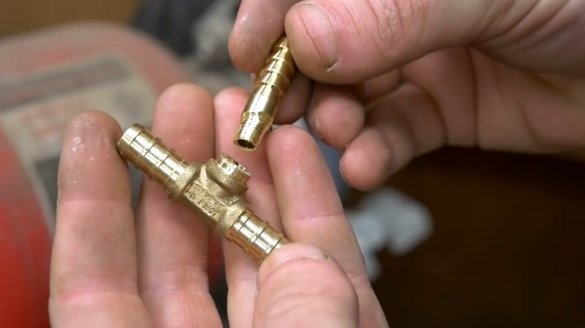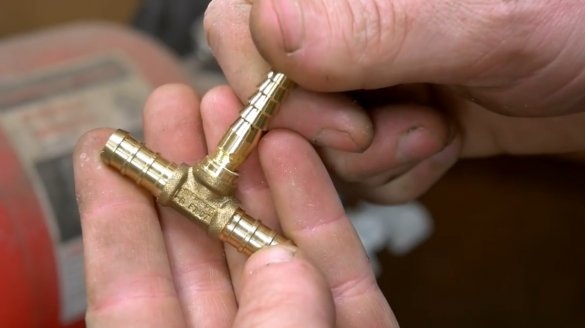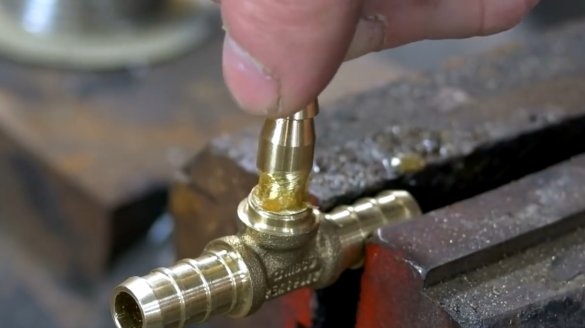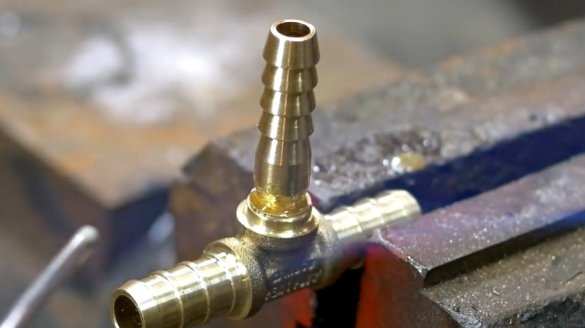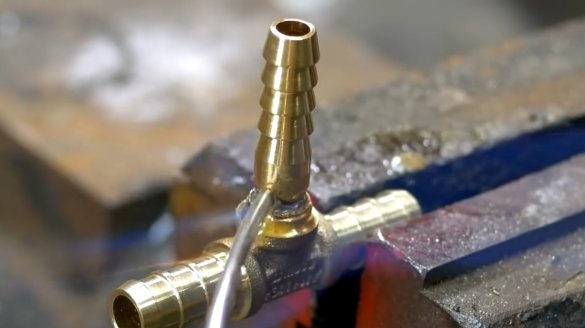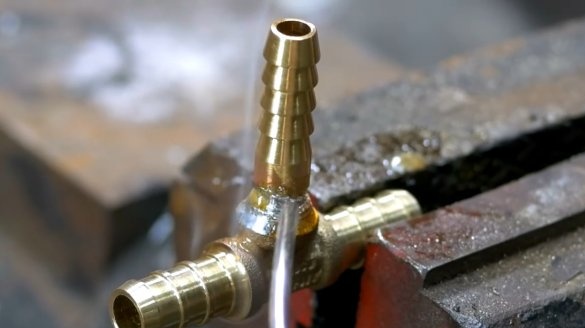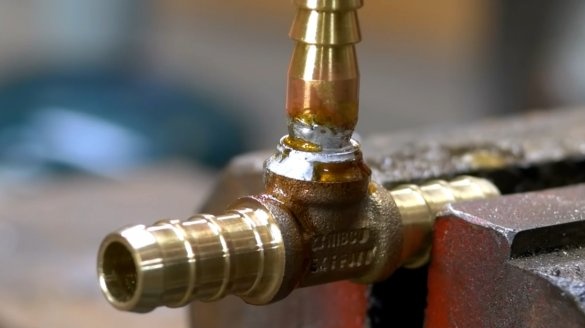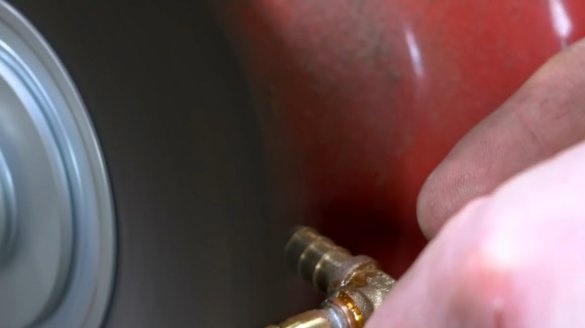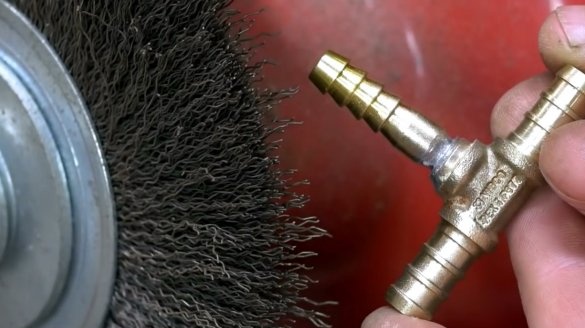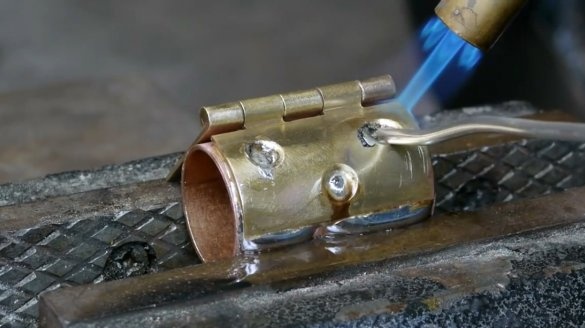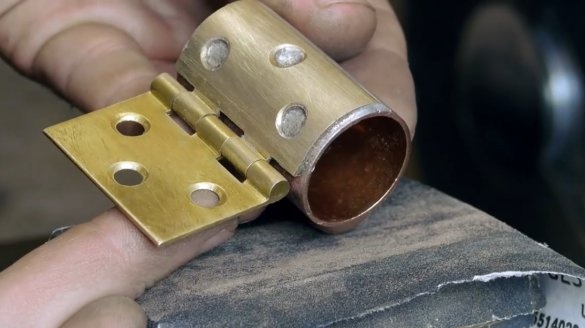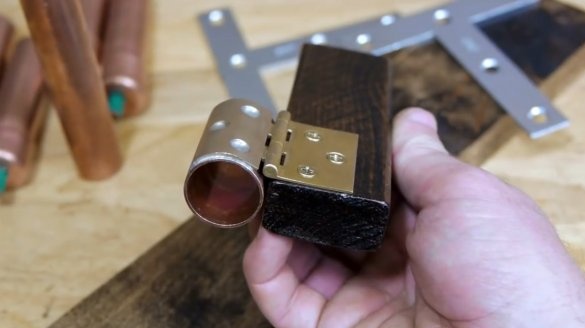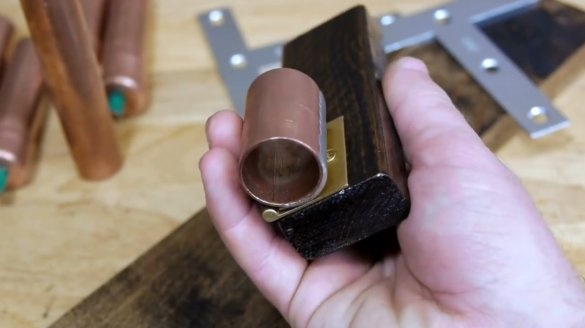In this article, the author of the NightHawkInLight YouTube channel will tell you how easy it is to solder fittings to fit your needs.
Materials
- Herringbone brass fittings
- Solder, flux, alcohol.
Instruments, used by the author.
- Grinder
—
—
—
- Vise.
Manufacturing process.
The author was faced with such a problem that often you will not find brass fittings in hardware stores, or they are not what you need. In particular, on his vacuum pump there is a compression fitting with a compression connection. The author managed to adapt it under the fitting for the hose.
Also on his vacuum gun, the master divided the vacuum line with a tee, in which the second line will be slightly smaller than the main one.
Now the author will tell readers how to make a tee for their own needs. Using the same principle, you can make other options for fittings and adapters.
Before you are two elements to be connected - a standard tee and a hose connector made for smaller pipes.
So, one of the tee sections is shortened with a grinder, but not to the bottom, so that a new section can be welded to it.
Then one of the Christmas trees on the adapter itself is cut.
At the stage of sharpening parts, the author does not recommend, using his example, the use of a grinder, as this is rather dangerous. It is better to use a belt sander or file. The main task of this stage is to reduce the diameter of the fitting so that it can enter the cut section of the tee.
Now all that remains is to apply flux to both soldered surfaces. It can be prepared independently by dissolving ordinary rosin in alcohol. Its consistency should be pasty.
Then solder the two elements with a gas burner. It is advisable not to let the solder get directly under the flame, otherwise it will melt until it contacts the soldering point. A wire made of tin, or an alloy of this metal with lead, is used as solder.
The fitting itself must be warmed up sufficiently so that the solder immediately melts from a simple contact with it. Then it quickly fills the void.
The modified fitting is washed with alcohol to remove flux residues, and is cleaned on a grinder with a wire brush. Now it can be used!
The author also applied a similar method when designing one of the homemade products, when it was required to attach a copper tube to a brass loop.
Thanks to the author for the simple brazing technique!
All good mood, good luck, and interesting ideas!
Author video can be found here.

